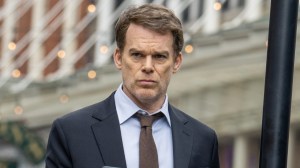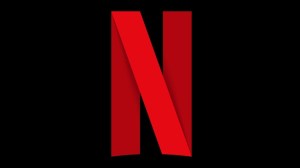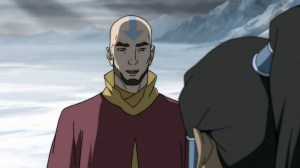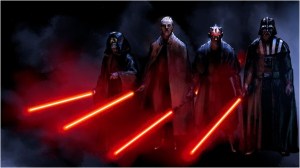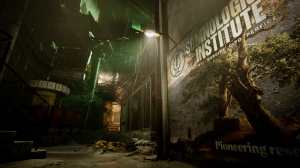The “Slasher” is a storied subgenre. Kicking off with Psycho and Peeping Tom in 1960, it started to gain some traction in the ’70s with 1974’s Black Christmas and The Texas Chain Saw Massacre and, most notably, John Carpenter’s Halloween in 1978. Then there was a boom in the ’80s and the occasional resurgence in subsequent years. Like the action genre, it’s known for spawning franchises, and with any franchise there’s the good and the not-so-good. What follows are the sequels that fall firmly in the former category. At least, in my opinion.
Videos by ComicBook.com
There’s certainly a fair argument that Terrifier 2 and Terrifier 3 belong here, but I stick with the classics. Other sequels that just missed the mark but are certainly worthy of a mention include Psycho II, Halloween H20: Years Later, A Nightmare on Elm Street 4: The Dream Master, Wes Craven’s New Nightmare, Scream VI, Friday the 13th Part 2, and Friday the 13th Part III. Then there are the sequels (and prequels) that aren’t quite a slasher IP, but they’re close enough to get a shout-out, such as Saw II, Saw X, Pearl, MaXXXine, Candyman (2021), Final Destination 2, and Final Destination 5. For now, here are my favorite slasher sequels, ranked from least effective to most effective.
Halloween II (1981)
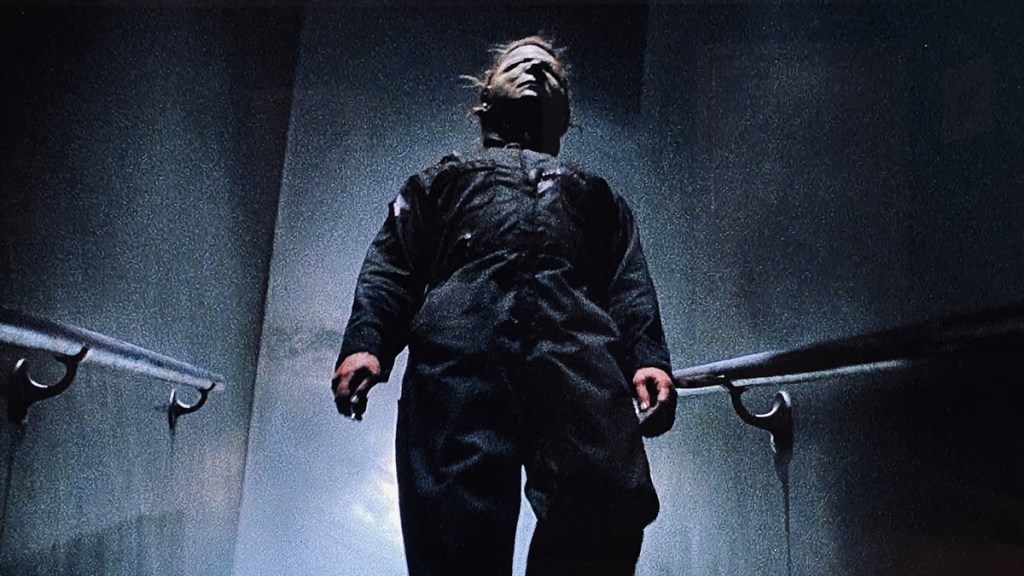
Strongly disliked by some, especially for its plot twist involving Laurie Strode, Halloween II is nonetheless the closest the franchise ever came to capturing the power of Carpenter’s perfect original. Setting it immediately after that film was a home run for the sequel, as was the hospital setting.
It’s flawed, with Laurie being bedridden for the majority of the runtime and what seems like an active attempt to be less subtle in its death scenes than the previous film, but the good greatly outweighs the bad. It also would have marked a fine ending for the franchise. Laurie shooting out Michael’s eyes and Doctor Loomis sacrificing himself works very well, as does the sight of an on-fire Michael lumbering down the hallway followed swiftly by The Chordettes’ “Mr. Sandman” playing over the hospital’s fog-covered parking lot.
Bride of Chucky (1998)
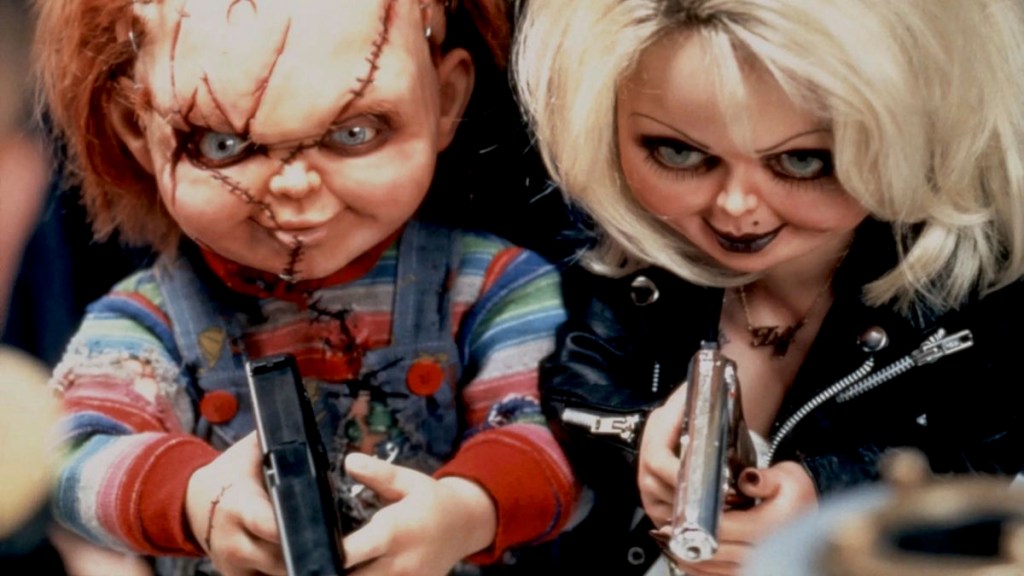
What Wes Craven’s New Nightmare did admirably well Ronny Yu’s Bride of Chucky pulls off without a hitch. Its ace in the hole is Jennifer Tilly, who gives one of the most game performances in horror cinema history. She would continue to deliver standout work as the series progressed, to the point she nearly saved Bride‘s massive shark-jump of a follow-up: Seed of Chucky.
Whenever Chucky and Tiffany interact in Yu’s film, it’s a stone-cold winner. The only reasons it isn’t higher up on the list are, one, it could have used an extra 10 to 15 minutes and, two, Katherine Heigl’s Jade Kincaid and Nick Stabile’s Jesse Miller. They needed to be there for the plot to have momentum, but it’s not great when two plastic serial killers come across as more human than two, well, humans.
Halloween 4: The Return of Michael Myers (1988)
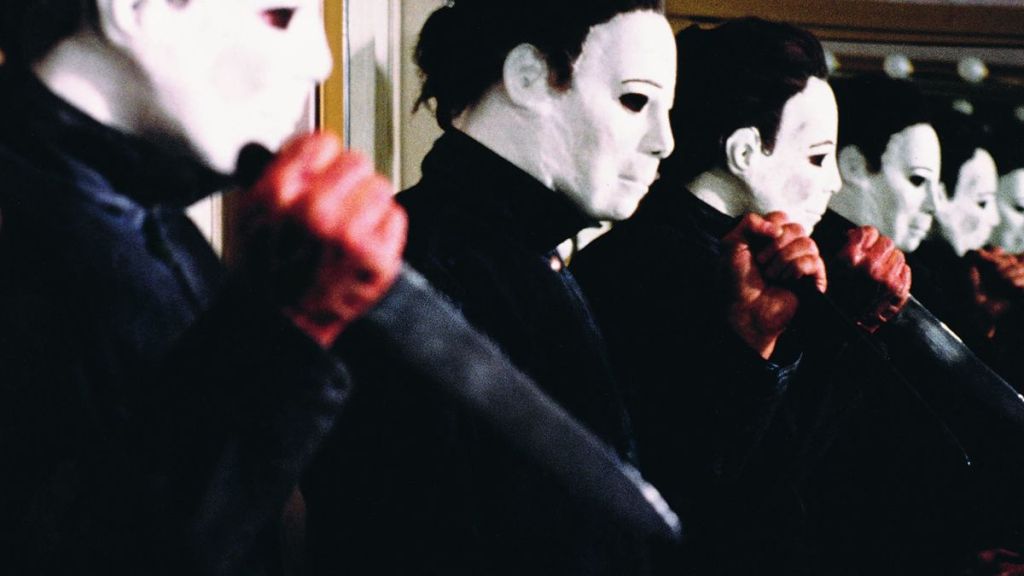
Yes, Halloween II ended the franchise fairly well, but Halloween 4: The Return of Michael Myers is still a great revival. The only thing that really hampers this sometimes visually stunning sequel’s impact (it captures the Fall season in the most convincing manner possible outside the original film) is what came afterward. But Halloween 4 isn’t Halloween 5: The Revenge of Michael Myers: it’s far more effective, and it makes Danielle Harris’ Jamie Lloyd and Ellie Cornell’s Rachel Carruthers instant slasher icons.
It really is too bad that Halloween 5 made the classic mistake of killing off a fan-favorite character (Rachel) in the first act, because their sisterly dynamic is one of the franchise’s most compelling relationships. Return is also a perfect extension of the divisive Laurie twist. That twist happened, it became canon, and Return ran with it. After all, what’s scarier than a personality-free murderer going after teens? A personality-free murderer going after a child.
Child’s Play 2 (1990)
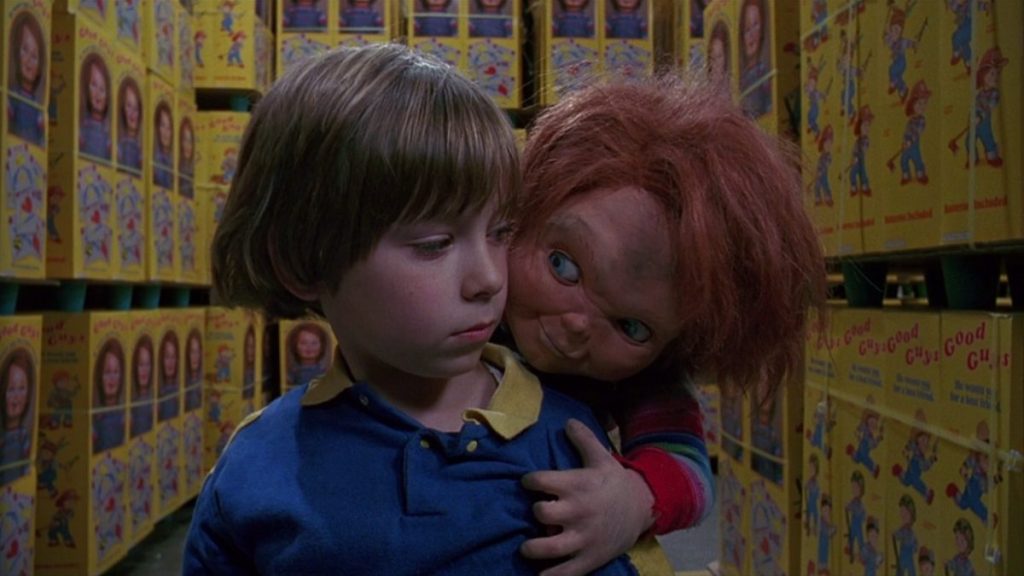
There is an argument to be made that Chucky is the best slasher villain, and if there’s a single entry that proves that argument it’s Child’s Play 2. Well-paced and seemingly aware of how iconic Chucky already was it’s an improvement upon the already-solid original film in almost every way.
Were it not for later successes like Bride of Chucky, Curse of Chucky, and the TV series, there’s a strong argument that the franchise should have ended here. I may have a soft spot for it thanks to a childhood midnight viewing with a bowl of ice cream, but Child’s Play 3 is infinitely weaker. By his own admission, franchise creator Don Mancini has said he ran out of ideas after Child’s Play 2, and it shows. But with Child’s Play 2, the landing was truly stuck. Not only is the third act in the Good Guy factory the IP’s best, but the final shot of Andy Barclay walking away from said factory with his new sister Kyle is a nice tie of the bow.
The Texas Chainsaw Massacre 2 (1986)
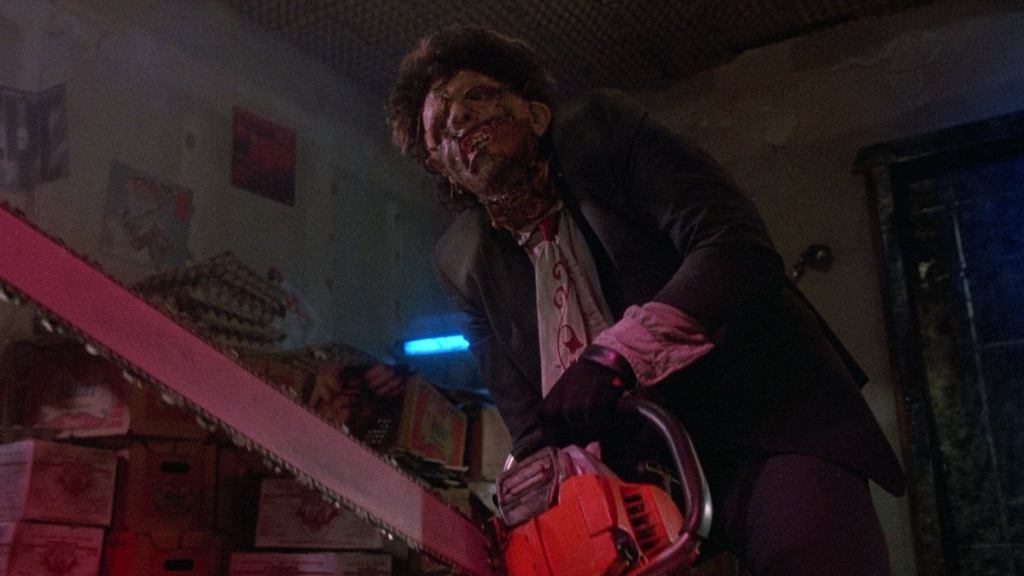
It takes a few viewings to really appreciate what Tobe Hooper was doing with The Texas Chainsaw Massacre 2. About as far from a predecessor as a direct sequel can be, TCM 2 is a bonkers fever trip with unconventional pacing and a bit of expansion of the Leatherface character.
The Texas Chainsaw Massacre 2, like Bride of Chucky, works even better as a comedy than it does as a horror film; that said, the highway scene in the first act is genuinely tense and frightening. But what really helps this sequel stand as the best film in the franchise besides the original is its casting. Caroline Williams is phenomenal as “Stretch,” Bill Moseley is terrifying as “Chop Top,” and Dennis Hopper’s gonzo performance as “Lefty” shows that he understood the assignment.
[RELATED: Why Early January Is a Go-To Horror Movie Launchpad]
Scream (2022)

Matt Bettinelli-Olpin and Tyler Gillett AKA Radio Silence really pulled off something special with their 2022 Scream. It succeeds in every department – to the point it feels as much like a companion piece to the original film as Scream 2 is. It’s a perfect blending of past and future, with returning characters Sidney Prescott, Gale Weathers, Judy Hicks, and, especially, Dewey Riley, all being put to good use while never sacrificing the film’s focus on the new characters.
With Scream VII confirmed to bring back at least one member of the “Core Four” it’s likely that plot points from 2022’s reboot and Scream VI will be continued, but one wishes Radio Silence (and the combo of Jenna Ortega and Melissa Barrera) were still involved. Admittedly, the de-aged Skeet Ulrich cameo feels like a bit of logic-defying fan service, but as a whole Ghostface’s return in Scream V was the shot in the arm the IP needed after the disappointing third and fourth installments.
Friday the 13th Part VI: Jason Lives (1986)
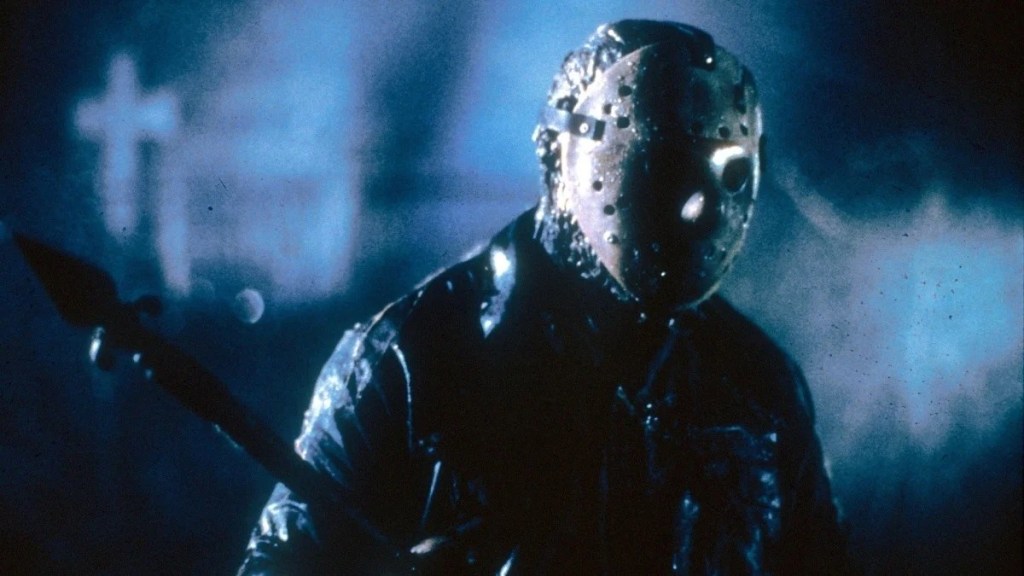
Friday the 13th is a franchise that has managed to stay alive for 45 years because it’s unafraid to change itself, be it the now-dead Friday the 13th: The Game or Tom McLoughlin’s fairly ingenious Friday the 13th Part VI: Jason Lives. Eight years before Wes Craven brought a meta nature to slashers with New Nightmare, McLoughlin did it even better with Jason Lives, a film that was so ahead of its time even the franchise’s most ardent detractors had to give it some light props.
The film’s reputation has only grown more positive as the years have progressed, and deservedly so. Sandwiched in-between the widely despised (but not by me) and cheap-looking Friday the 13th: A New Beginning and the MPA-butchered Friday the 13th Part VII: The New Blood, it’s easily the highlight of the latter half of Paramount’s time with Jason. Why McLoughlin wasn’t just handed the reigns to the franchise from here on out was a mystery, because his writing and direction is impressive to say the least.
Scream 2 (1997)
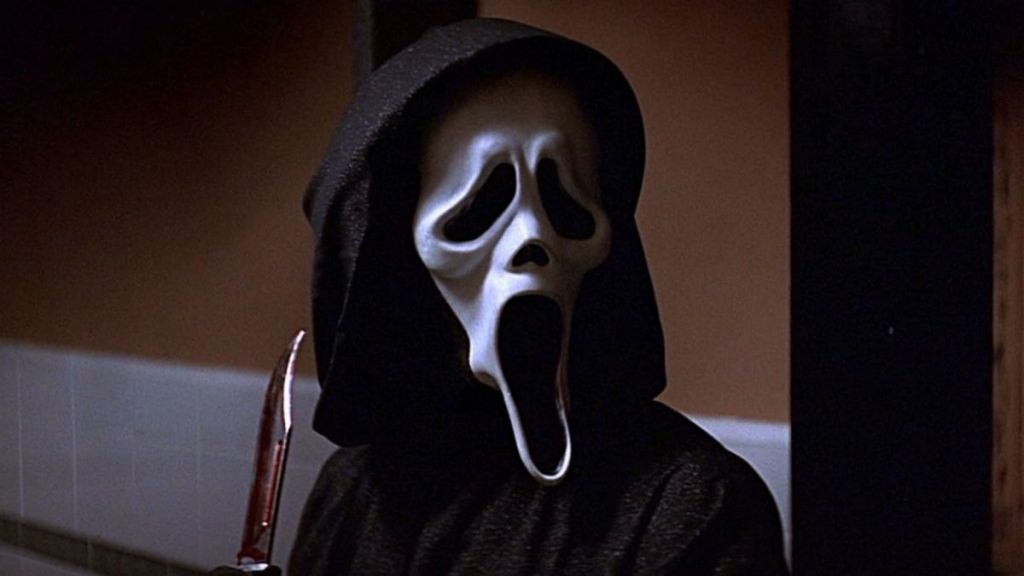
It’s astonishing how well Scream 2 works. The script leak should have been the iceberg to its Titanic. Instead, the sequel comes across as a wholly organic companion piece to the (admittedly slightly superior) original film. From the movie theater-set opening (second-best of the franchise); the establishment of the Stab franchise as a meta-film-within-a-meta-film; to the shocking turn of a major character’s (Randy) death, Scream 2 works like a charm, start to finish.
There’s really only one moment that doesn’t quite gel, and that’s the death of Sidney Prescott’s roommate, Hallie (who, by the way, was originally supposed to be one of the two killers alongside Sid’s roommate, Derek). She just kind of stands in the middle of the road next to a Ghostface hiding spot and, surprise, gets stabbed. But, when one has to nitpick a single scene in a two-hour slasher, it means that it’s a pretty phenomenal slasher.
Friday the 13th: The Final Chapter (1984)
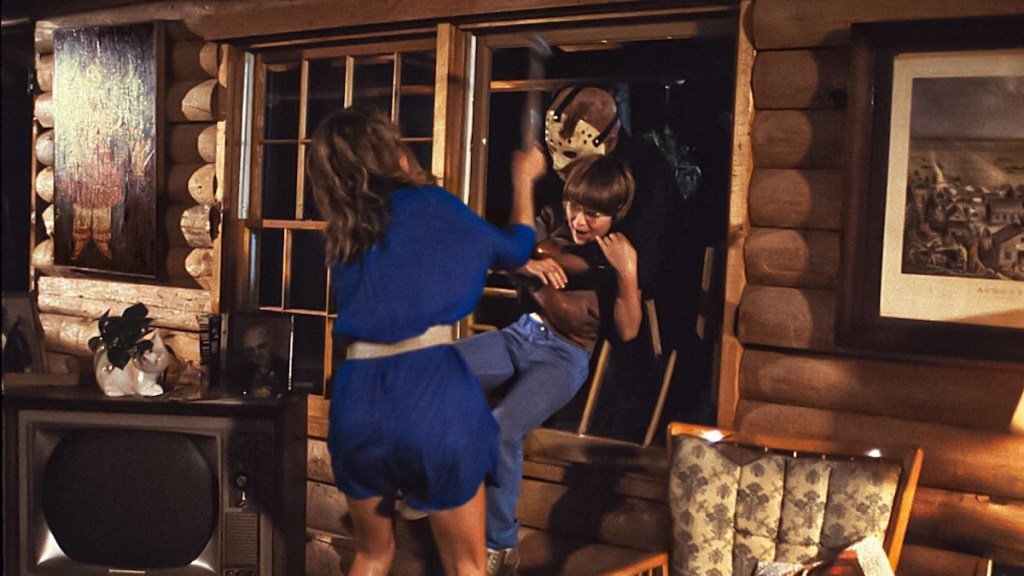
Like the antagonists of the best vampire movies, Jason just never seems to die. But, in the case of vampires, a wooden stake through the heart will do it whereas with Mr. Voorhees, not even the combination of a machete to the face and a studio embarrassed by their own successful property was enough. Yes, Joseph Zito’s Friday the 13th: The Final Chapter was supposed to end the franchise (as was Friday the 13th Part III) but ultimately didn’t. In fact, the turnaround time between this John Hughesian slasher and A New Beginning was the shortest in the franchise’s history.
Of the original eight Paramount films, The Final Chapter plays as the closest to an actual fully-rounded film. The original is still the best for pulling off a 24-hour nightmare that makes the viewer actually feel involved – but every argument out there championing Zito’s quadrilogy-capper is a sound one.
A Nightmare on Elm Street 3: Dream Warriors (1987)
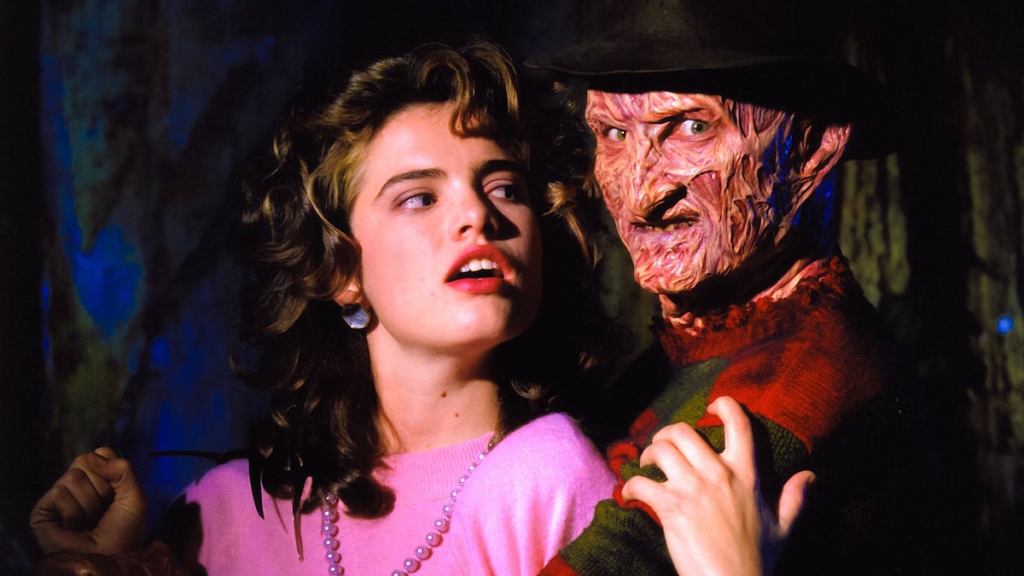
Like Friday the 13th Part VI: Jason Lives, Chuck Russell’s A Nightmare on Elm Street 3: Dream Warriors plays as ahead of its time. It’s a movie so creative that even the most vocal slasher-basher has to throw up their arms and say “Okay, except for that one….” It’s also the entry that turned Freddy Krueger from a mystery into a pop-culture phenomenon (though that would prove to be a double-edged sword).
The return of the first film’s Nancy Thompson is a welcome one, as is John Saxon’s Donald Thompson, but it’s the new characters who steal the show. It can’t be said about, well, just about any other slasher film, but there’s not a false note in Dream Warriors when it comes to the acting department. Should a reboot actually get off the ground, Dream Warriors would make for a fine template. That starts with Heather Langenkamp, whose Nancy dies here but, frankly, the series has taken bigger swings than reviving a fan-favorite. Not to mention, Dream Warriors‘ Patricia Arquette has also said she would be willing to return, which is a prospect that should not be ignored. Oh, and the musical contributions by Dokken are also sublime.
What are your top 10 slasher-horror films?


